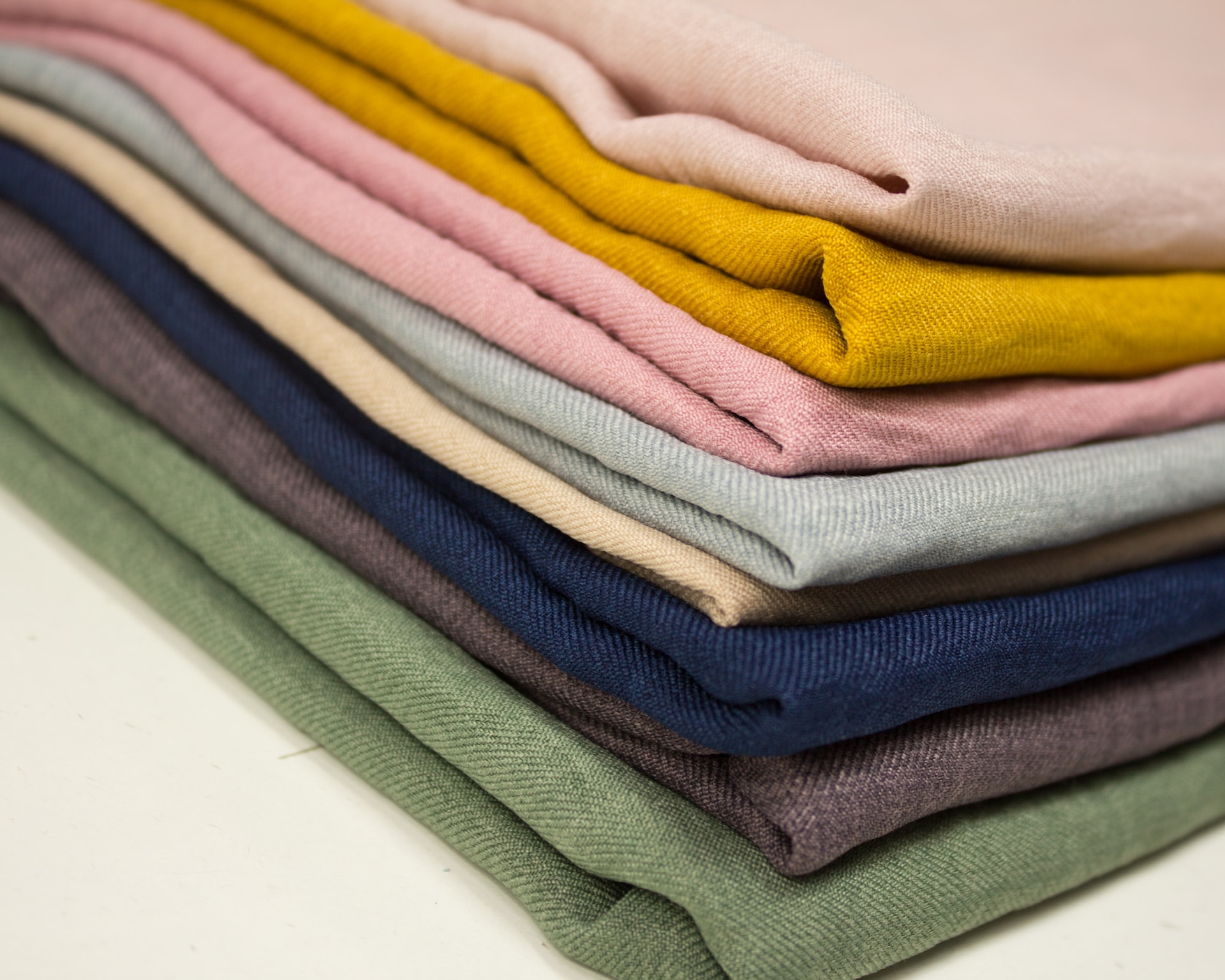Garments made of cotton compression fabric increase blood flow and can help reduce muscle fatigue. They are typically worn by athletes and those with certain health conditions that affect their blood circulation, such as varicose veins.
While most compression fabrics are made of nylon and spandex, some include a small percentage of cotton to give them a soft feel against the skin. Cotton also increases the breathability of the fabric.
Comfort
Most people who wear compression garments — including athletes, nurses, doctors, and older adults — must keep them on for long periods. This means that the fabric they’re made of has to be comfortable for them to be able to wear them for the most extended period.
Cotton can be a great option since it’s soft on the skin and breathable. This is especially important for people wearing their compression garments while sweating, as fabrics that don’t breathe can trap moisture and feel heavy on the body.
In addition to breathability, cotton is also a very light material. It’s easy to make garments out of this that will be lightweight and comfortable enough to wear for long periods.
An innovative cotton compression fabric includes cotton fibers. Some wrap a core of nylon and spandex in cotton to create a single layer that retains the strength and stretch of nylon and spandex but feels soft like cotton. This can be used to make garments that will not only be comfortable for long periods but also fit well and look like regular sportswear or undergarments. In addition, some cotton blends have brushed or thermal interiors for added warmth.
Breathability
A garment made from compression fabric applies controlled pressure to specific body areas, promoting circulation and reducing muscle soreness. The material is often used in sportswear, maternity garments, and shapewear. The material must stretch and maintain its stretching force while feeling comfortable against the skin.
Cotton is a natural fabric that feels comfortable against the skin, essential for compression wear that will be worn for long periods. It is also hypoallergenic, which means it can be worn by people with sensitive skin or allergies to synthetic materials.
It is also breathable, which helps keep you cool and dry when wearing compression clothing. The fabric’s breathability pulls sweat away from the skin and into the fabric, where it can evaporate more quickly than if the work was sitting on the skin. This is a necessary feature in a cloth worn during exercise, as it prevents you from overheating.
Many fabrics used to make compression clothes are made from different materials. For example, nylon and spandex are commonly used for the stretchy parts of the garments, while cotton is woven into the fabric to create a more comfortable feel against the skin. In addition, the cotton fibers in the fabric increase the breathability of the garments by lifting the sweat into the air, where it can evaporate more quickly.
Muscle support
Whether you’re wearing compression fabric for workouts, sports, or medical reasons, the tight fabric can help reduce muscle soreness after a strenuous exercise. That’s because the material increases blood flow, delivering more oxygen to muscles and removing lactic acid that builds up. This can boost workout performance and aid recovery from intense activity.
Many people who wear compression fabrics do so for extended periods and need the garments to feel comfortable. Cotton is a natural, hypoallergenic fabric that won’t cause itching and irritation in sensitive skin. It’s also softer against the skin than synthetic fabrics, making it ideal for compression clothing.
Cotton is a thermally conductive fiber that provides comfort in cold conditions. It’s also highly durable, resisting creasing, stretching, mildew, and other factors that can affect the lifespan of compression gear. It’s an ideal fabric for making base layers that will keep you warm while exercising or doing other activities.
Nylon and spandex are the primary materials used in compression fabrics, but some include a small amount of cotton for added softness and comfort. It also makes the fabric more breathable, essential during intense activity. Breathability is crucial when sweating heavily because it will allow the sweat to escape instead of soaking into the material.
Moisture-wicking
The fabric you wear should be able to move moisture away from the body to evaporate quickly and prevent the body from getting damp and uncomfortable. The material should also be breathable to increase airflow and help your skin stay cool and dry.
Moisture-wicking fabrics have a unique surface structure that helps sweat move to the garment’s outer layer, where it can evaporate and avoid soaking into the material. This makes a big difference in comfort because soaked clothing feels heavy, wet, and sticky against the skin. This is also a great way to avoid the build-up of bacteria on the skin, which can lead to chafing.
Many of the best compression fabrics are also moisture-wicking, which makes them ideal for high-intensity workouts. The material is engineered to promote moisture transport and keep you cool and dry throughout your activities so you can perform your best.
Compression fabrics typically use nylon or spandex for their elasticity, but they may have cotton fibers woven into them to add softness and breathability. Some blends even use core-spun cotton yarn in the center of their elasticity to add strength and softness.
The result is a compression fabric that feels like nylon holds its shape and is resistant to stretch marks and mildew but breathes like cotton. It feels softer against the skin and is a good choice for anyone who sweats frequently while working out or exercising heavily.

